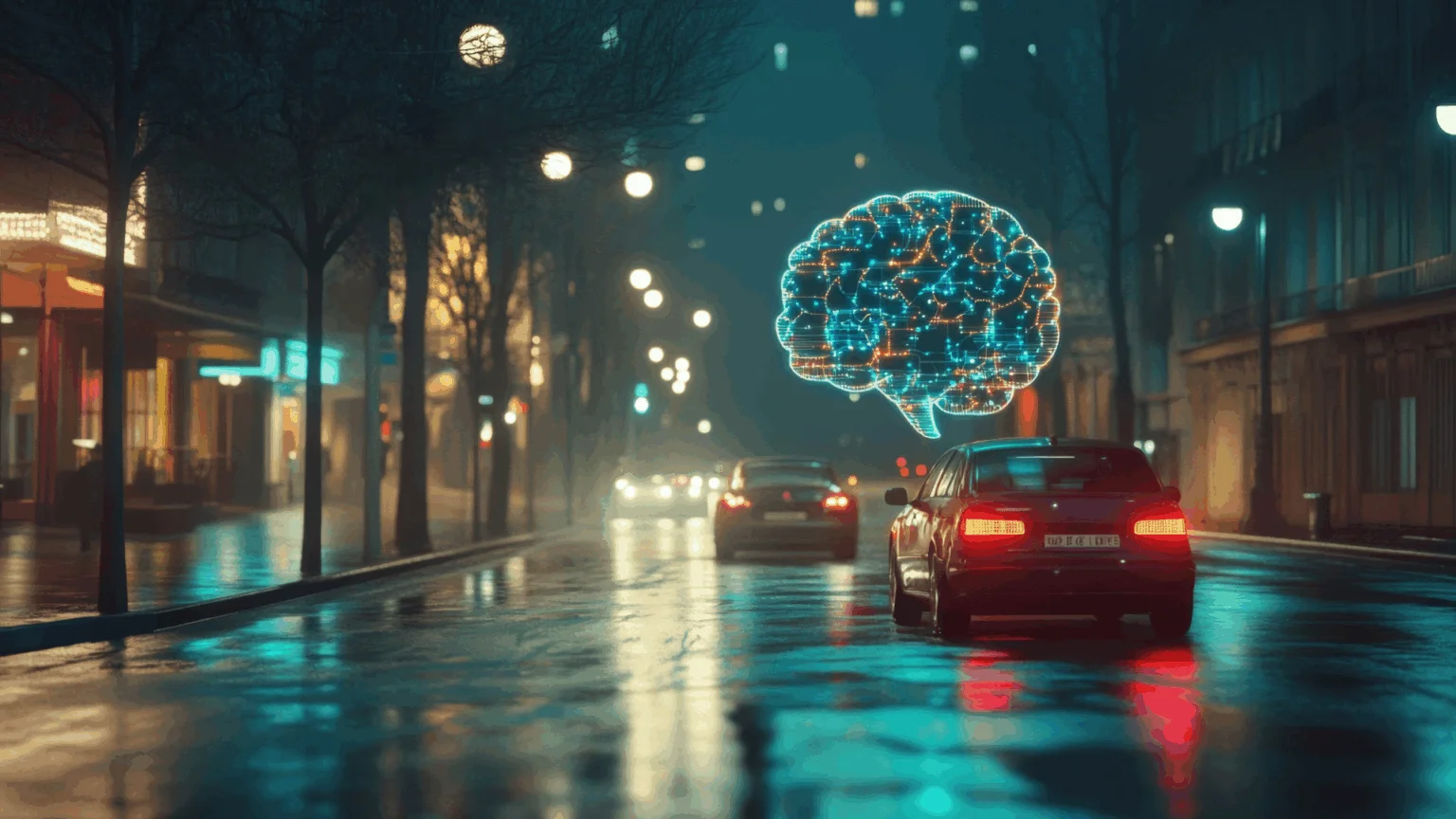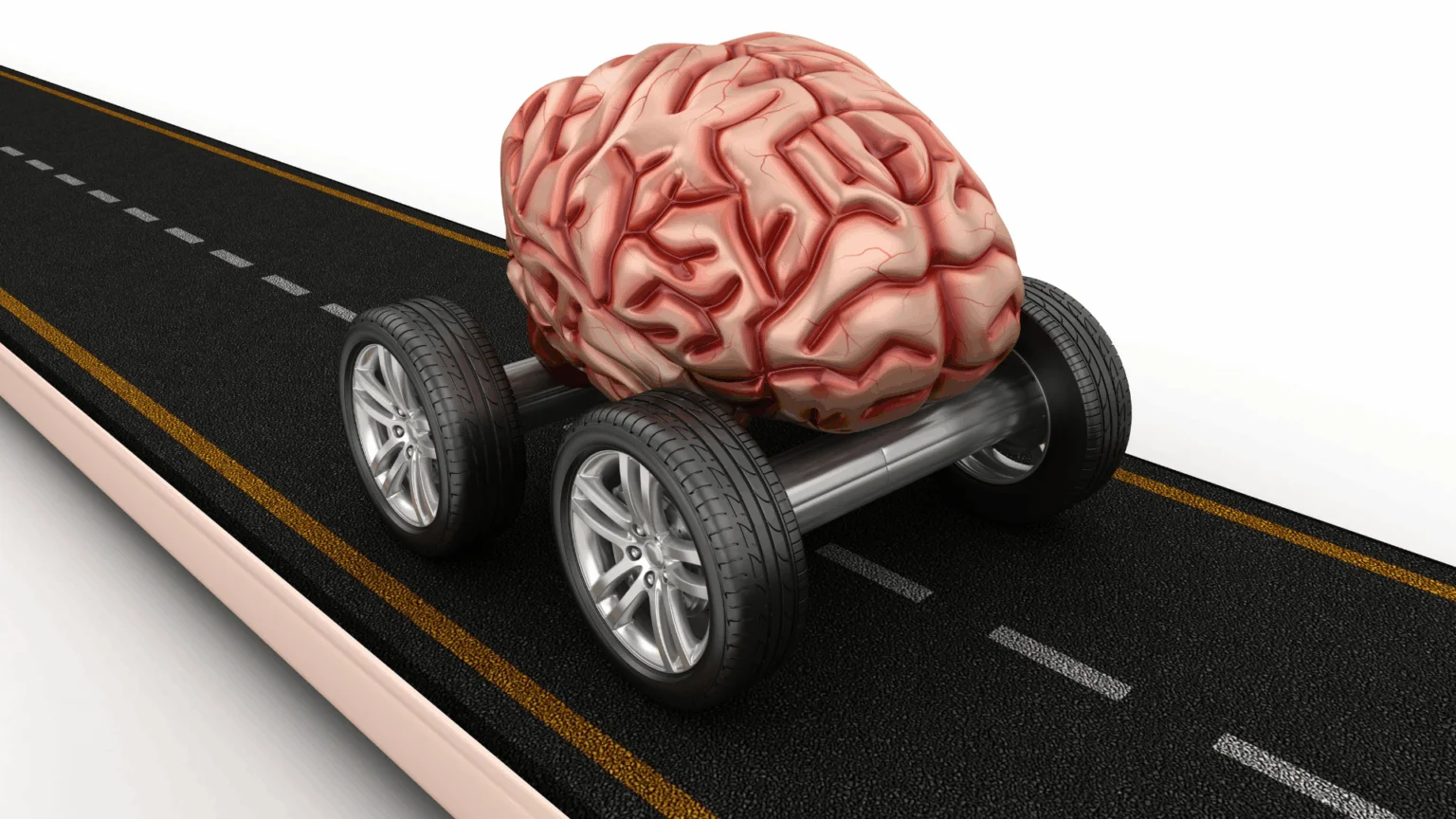
How Car Photos Trigger Buyer Decisions: A Neuro-Marketing Perspective
How Car Photos Trigger Buyer Decisions: A Neuro-Marketing Perspective
In today’s digital-first world, the automotive industry is undergoing a visual revolution. Car buyers no longer start their journey on the dealership floor — they begin it with a scroll, a tap, and a glance. And in that fleeting moment, a single photo can make or break a sale.
High-quality visuals have evolved from being mere enhancements to becoming mission-critical elements of the automotive sales funnel. But beyond pixels and polish, what really makes a car image convert? The answer lies deep within human cognition — and the emerging field of neuro-marketing is shedding light on how we can tap into it.
This post explores the science of visual perception, the psychology behind automotive imagery, and how AI-powered tools like Car Studio AI are transforming these insights into revenue-driving visuals.
The Impact of Visuals in Automotive Marketing
Neuroscience Behind Visual Marketing
Humans are wired to respond to images — fast. In fact, 90% of the information processed by the brain is visual, and our brains process images 60,000 times faster than text. This means a prospective buyer forms an emotional and cognitive judgment about a car long before they read a spec sheet or pricing detail.
Consider this: when a user lands on a listing page filled with bland, inconsistent car images versus one that showcases clean, studio-quality photos with consistent lighting and branding — which one feels more trustworthy? More premium? More clickable?
The visual environment acts as a neurological shortcut — telling the brain whether this vehicle feels new, safe, exciting, or worth investing in. It’s not just aesthetics; it’s biology.
Psychological Response to Car Imagery
The power of car photography lies not just in what is shown, but how it is presented.
Neuro-marketing, at its core, is about designing images that stimulate emotional, memory-based decision-making — often before logic even enters the picture.
AI Enhancements in Car Photography
This is where AI-driven photography platforms like Car Studio AI are transforming the game. It’s no longer just about capturing a car; it’s about crafting a visual experience that feels intentional, consistent, and psychologically persuasive.
Key Features That Tap Into Neuro-Marketing:
The Role of AI in Enhancing Car Photos
Transforming Images into Sales Tools
In today’s data-driven automotive market, the role of vehicle imagery has evolved far beyond aesthetics. Thanks to advances in artificial intelligence (AI), car photos are now strategic assets — dynamic tools that can influence buyer behavior, reinforce brand identity, and accelerate conversions.
AI in auto photo studios isn’t just about “making cars look better.” It’s about turning every visual into a conversion-optimized touchpoint — crafted not only for appeal, but for action.
Example from Industry: Turning Data Into Decisions
Modern dealerships leveraging AI-powered photo platforms — such as Car Studio AI — now gain access to insights once available only to digital marketing giants. Imagine an AI system analyzing tens of thousands of car listings, click-through rates, and buyer demographics to answer questions like:

By analyzing historical and behavioral data, AI can recommend optimal photo strategies — such as the best composition, lighting style, and even car color combinations — all backed by real performance metrics.
Personalization at Scale
One of AI’s greatest advantages is its ability to personalize visuals based on audience segments — at scale.
This level of tailored visual marketing used to require costly, segmented photoshoots. AI changes that — enabling mass personalization without compromising speed or budget.
Addressing Common Pain Points with AI
One of the most persistent challenges for multi-location dealerships or online marketplaces is brand consistency across listings. Traditional photoshoots, often conducted by different teams, result in mismatched lighting, backgrounds, and compositions.
AI solves this by automating visual standardization:
Regardless of who uploads the image or where the vehicle is located, AI ensures every car looks like it belongs to the same brand family — professional, polished, and trustworthy.
Speed and Scalability: AI’s Competitive Edge
In fast-paced dealership environments, time-to-market is everything. Waiting on a full shoot-and-edit cycle for each vehicle can slow down listings — and sales.
AI photo studios allow dealerships to:
This scalability doesn’t just increase operational efficiency. It creates a frictionless visual workflow — so marketing teams can focus on campaigns, not corrections.
Future Trends in Automotive Digital Marketing
The integration of AI in car photography is just the beginning. As digital retail continues to evolve, AI will play a central role in building immersive, personalized, and emotionally engaging experiences.
Coming Soon to a Browser Near You:

These innovations will bring online car shopping closer to the tactile trust of a physical showroom, while offering the convenience and customization that modern buyers demand.
Conclusion
In the competitive landscape of car sales, mastering the art of visual presentation through neuro-marketing and AI technologies is more important than ever. By understanding and leveraging the psychological impacts of car photos, dealerships can dramatically enhance their online presence and sales effectiveness. As we look to the future, the role of AI in this field is only set to grow, promising even more innovative ways to attract and engage potential car buyers.
For more insights into optimizing your automotive marketing strategies, visit Car Studio AI and explore how cutting-edge technology can transform your car listings into compelling, sales-driving visual masterpieces.
FAQs About Neuro-Marketing in Car Sales
1. What is neuro-marketing?
Neuro-marketing is an interdisciplinary field that blends marketing, psychology, and neuroscience to understand how people unconsciously react to marketing stimuli — including visuals, colors, sounds, and layouts. It focuses on how brain processes like attention, memory, and emotion influence consumer decisions.
In the context of automotive sales, neuro-marketing helps uncover why a specific car photo triggers interest or trust. For instance, when a buyer sees a car presented in a clean, well-lit studio setting, their brain may associate it with quality, safety, or professionalism — all before they’ve read a single word on the page. This insight empowers marketers to design listings that aren’t just informative, but emotionally compelling.
2. How does AI improve car photos?
AI enhances car photography in multiple ways, bridging the gap between technical perfection and psychological appeal.
These enhancements not only improve aesthetics but also support the emotional consistency neuro-marketing aims to create — making sure every image conveys reliability, excitement, or exclusivity, depending on the target audience.
3. Can AI in car photography influence buyer emotions?
Yes — and it already does. AI in car photography is now capable of triggering specific emotional responses by manipulating the very elements neuro-marketers study:
By automating these choices, AI doesn’t replace the human emotional connection — it optimizes it, ensuring more listings hit the psychological mark.
4. What are the benefits of AI for car dealerships?
AI delivers a suite of practical advantages that extend far beyond the photo itself — it touches the entire sales funnel:
5. How important are visuals in online car sales?
Visuals are not just important — they are foundational in the online car buying journey. In many cases, the photo is the first — and only — opportunity a dealership has to make an impression.
According to recent studies:
In neuro-marketing terms, visuals activate mirror neurons, making viewers imagine themselves in the car. If the photo tells the right visual story — luxury, adventure, family, performance — it shortens the path from interest to intent.
